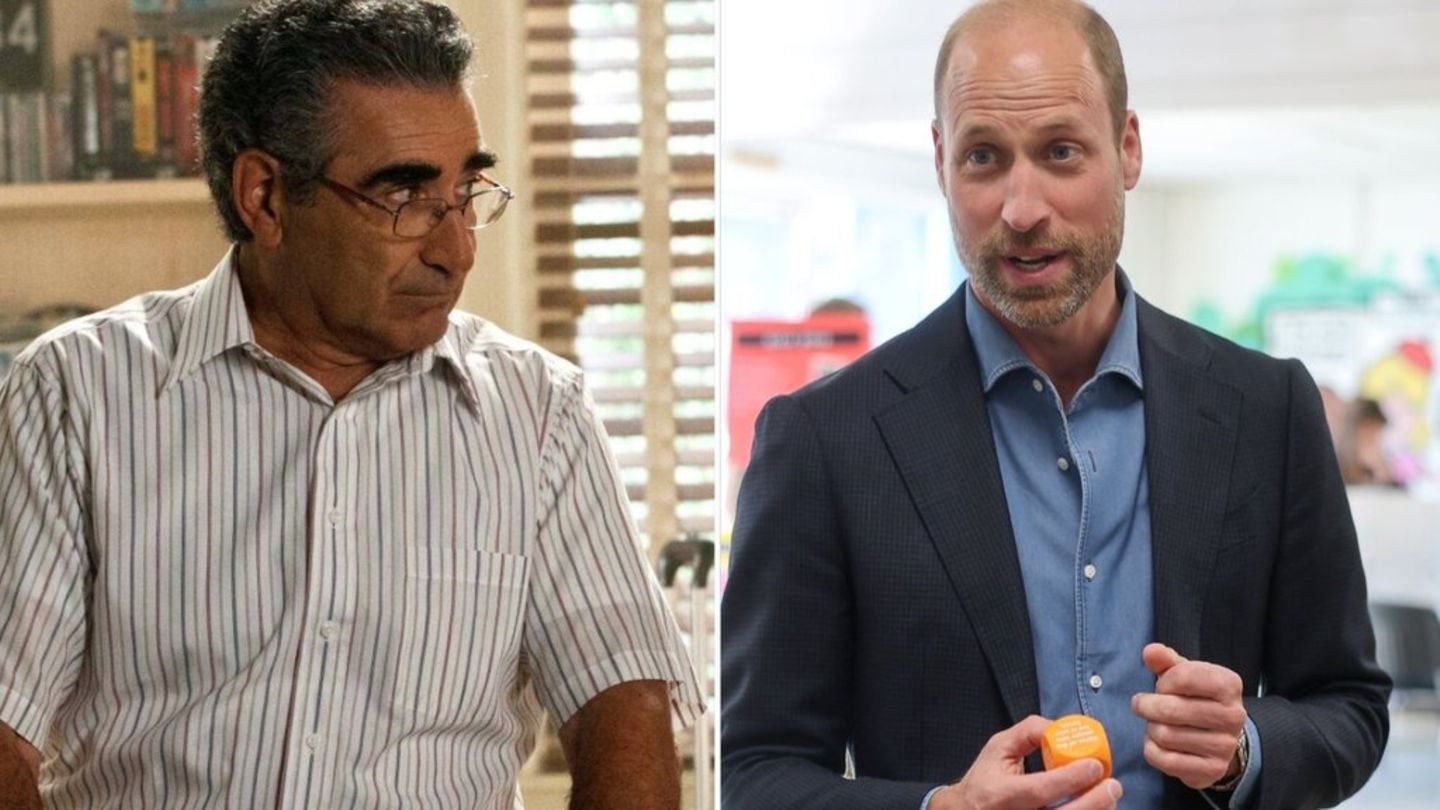Who is to blame for the deaths of hundreds of migrants in the Mediterranean? Greece is now asking Europol for assistance. A suspected smuggler is said to have confessed – but where are the backers?
After the refugee catastrophe in the Mediterranean with probably several hundred deaths, international investigations are now to clarify the course of events. The Greek authorities asked the European police authority Europol for support, as the daily newspaper “Kathimerini” (Saturday) reported. It is believed that the deadly crossing from Africa to Europe was organized by an international smuggling ring. Nine suspected smugglers from Egypt who were on board and survived are to be brought before the public prosecutor’s office on Monday.
At sea – around 50 nautical miles southwest of the Peloponnese peninsula – boats and a helicopter continued to search for missing persons. However, poor weather conditions and strong winds made the work difficult. The search is likely to be stopped soon: more than 72 hours after the accident, there was no longer any realistic hope of finding any survivors. The Mediterranean Sea is more than 5000 meters deep at this point. The sea will probably become the eternal grave for hundreds of people.
According to Greek media reports, the nine arrested are not the masterminds of the smuggling ring, but helpers. The authorities found their way through testimonies from other survivors of Wednesday’s accident. The gang is said to have organized up to 18 trips across the Mediterranean from Libya to Italy in the past few months alone.
What’s next?
Survivors testified that they paid 5,000 to 6,000 euros per head for the trip that ended in such a deadly manner. According to newspaper reports, one of those arrested admitted to having received money for work on board. The others denied all allegations.
In Athens, forensic scientists worked to identify the 78 bodies recovered. It is a difficult task, said the head of the coroner’s office there, Nikos Karakoukis. Hardly any of the victims had identification papers on them – and even if they did, it had to be checked whether they were genuine. Otherwise, all that remains is to meticulously document the characteristics of the dead.
There were allegations against the Greek coast guard. Initially, it was said that the officials did not intervene and thus contributed to the ship taking hundreds of people to the bottom of the sea. The Coast Guard fought back: A rope had been thrown to the people on board several hours before the accident to bring them to safety. However, they would have thrown the rope back because they did not want to go to Greece, but to Italy.
What do eyewitnesses say?
According to a report by West German Broadcasting (WDR), the coast guard tried to tow the overloaded ship towards Italy. This is said to have been described independently by ten survivors. The ship is said to be rocking and eventually sunk. The scene of the accident is right above the Calypso low – at more than 5000 meters the deepest point in the Mediterranean. A salvage of the wreck is therefore very unlikely. It would be very complicated and expensive.
Source: Stern
I have been working in the news industry for over 6 years, first as a reporter and now as an editor. I have covered politics extensively, and my work has appeared in major newspapers and online news outlets around the world. In addition to my writing, I also contribute regularly to 24 Hours World.




